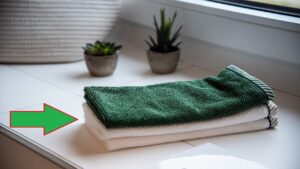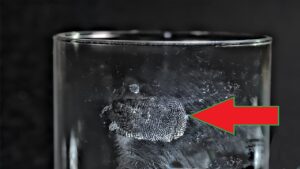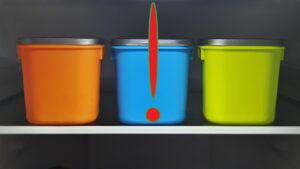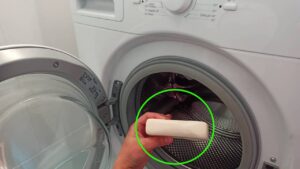Sodium Percarbonate and Citric Acid, Many are Confused: What is the Difference and How to Use Them
In this article, we’d like to discuss two often underestimated products that could be great allies for household cleaning: sodium percarbonate and citric acid. Despite their similar packaging, they are frequently confused. However, these invisible allies possess different characteristics and functions. Let’s go and discover them.
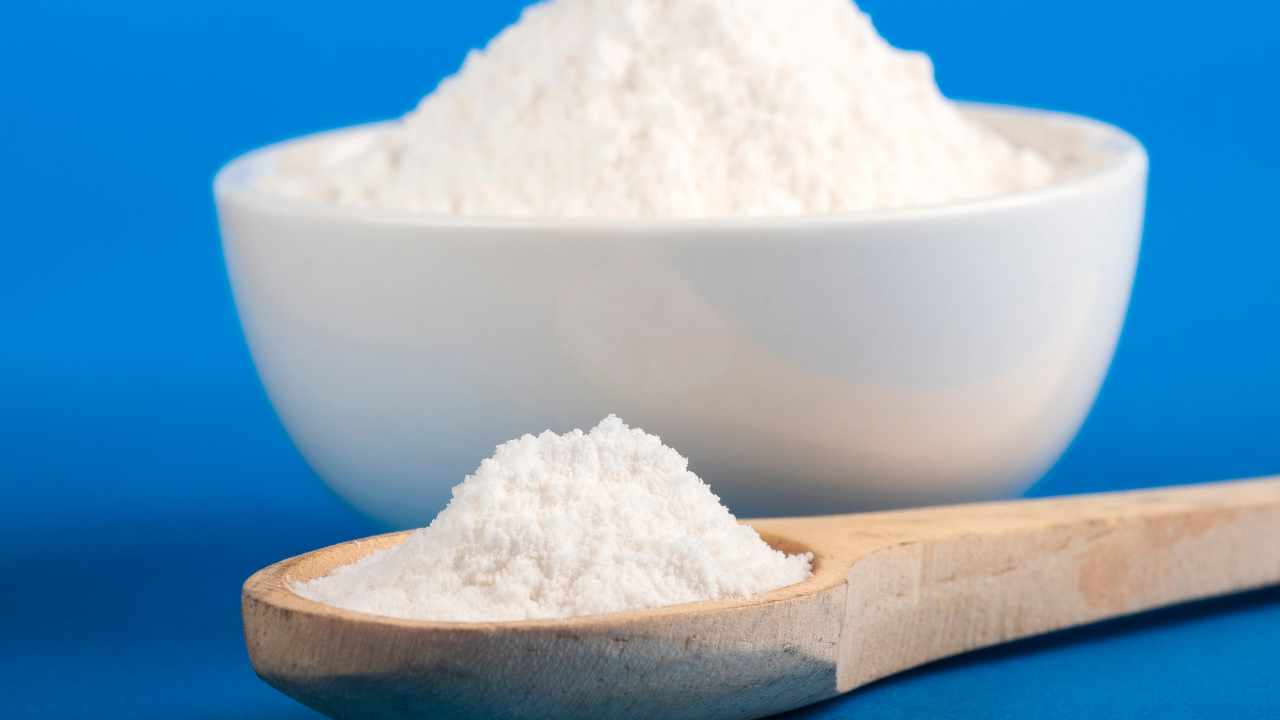
Sodium percarbonate and citric acid, what they are and how to use them
Sodium percarbonate
Sodium percarbonate is a chemical compound known for effectively removing stains, even the most difficult ones, from both fabrics and surfaces. It can be added to hand or machine wash to tackle stubborn stains like those caused by coffee, wine, or blood.
At home, sodium percarbonate can also be used to remove stains from carpets and furnishing fabrics. To quickly eliminate stains, dab them with a cloth soaked in citric acid, let it sit for a few minutes, and then rub with a sponge and soap. Additionally, sodium percarbonate is excellent for removing grease, oily residues, and unpleasant odors in pots, pans, ovens, and refrigerators.
To use it for laundry, simply add one or two spoonfuls to your regular laundry detergent. For cleaning and disinfecting various surfaces, dilute it in water and rub the affected areas.
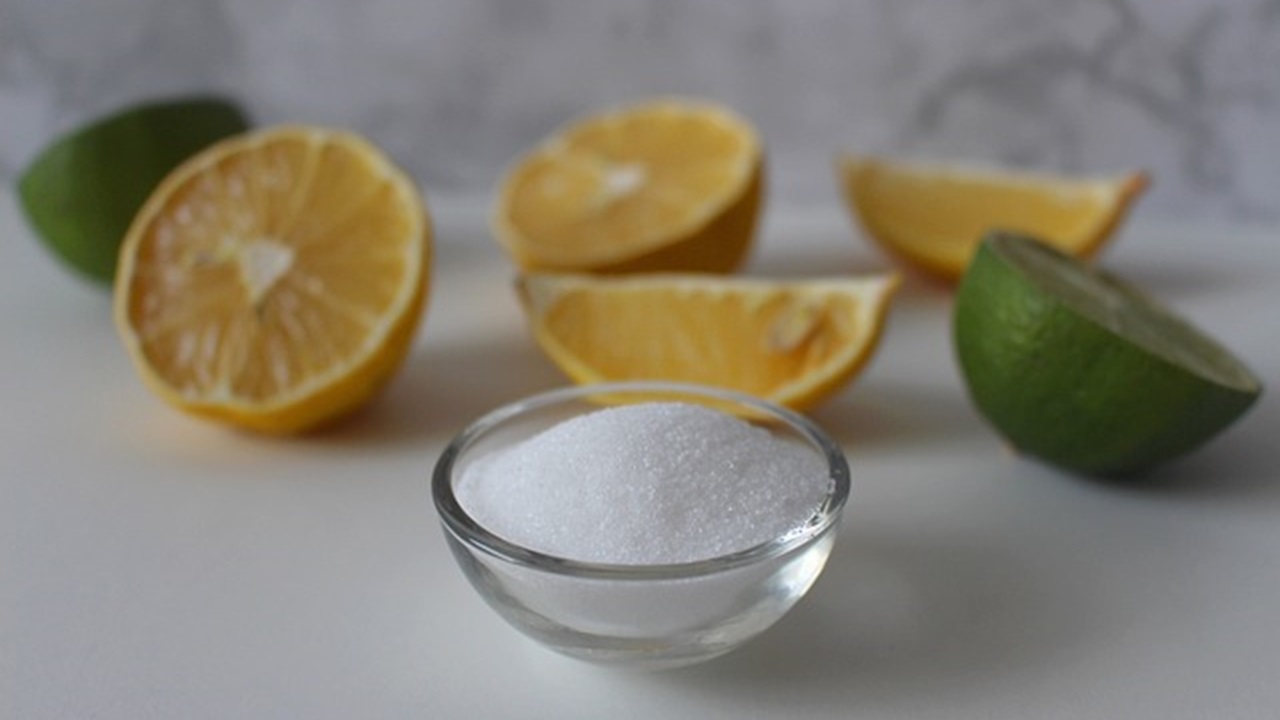
Citric acid
Citric acid is a natural compound found in fruits with excellent antibacterial, antioxidant, and descaling properties. It can effectively remove limescale deposits and soap residues that form in pipes, bathroom fixtures, and water filters.
As an excellent descaler, Citric acid is excellent for cleaning showers, taps, sinks, and household appliances like coffee machines, kettles, and dishwashers. Additionally, it serves as a potent degreaser, effectively cleaning the kitchen and eliminating unpleasant odors.
To remove limescale, deodorise, or degrease, pour 1 or 2 tablespoons of citric acid into hot water and apply it to the surfaces to be cleaned.
